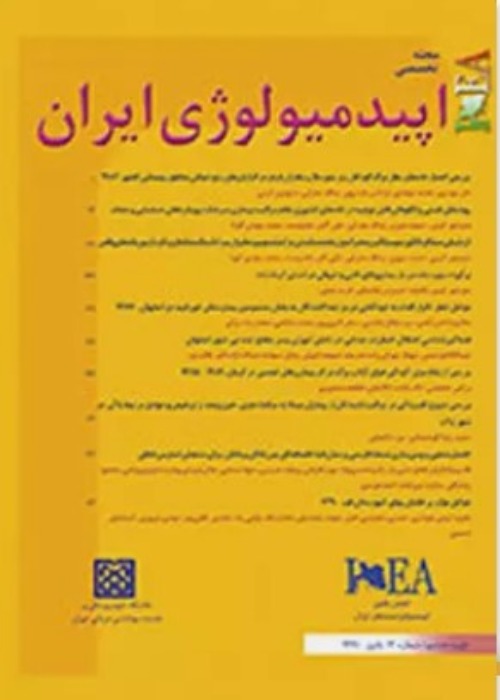Studying the Degree of Diagnostic Agreement between Medical Records and Death Certificates in Loghman Hospital in 2005
Author(s):
Abstract:
Background and Objectives
There is little doubt about the importance of accurate statistics and reliable information in the promoting community health and optimizing health care. Therefore, the existence of a correct, accurate and up to date database is an absolute necessity. Accurate identification of the cause in death certificates can make an invaluable contribution to the development of such a database. The purpose of this research was to assess the current defects and shortcomings in death certificates and to evaluate the degree of agreement between the diagnoses recorded in hospital files those figuring on death certificates. Methods
This was an analytic cross-sectional study. In this survey of 659 medical records of dead patients in Loghman Hospital, during 2005, 290 medical records were selected using a systematic sampling method. The selection of these records were based on record numbers in the archives and involved the extraction of the following data: the physician's field of specialty, the patient's identity, code for the main diagnosis, the code for the external cause on the admission form, and the code for the cause of death on the death (as defined in ICD-10) was recorded. The agreement between primary and final diagnoses and also the agreement between final diagnosis and the cause of death were assessed in relation with the physician's specialty; using Fisher's Exact Test. Overall agreement between different diagnoses was measured using the kappa statistic. Results
The degree of agreement between primary and final diagnosis was very good (k = 0.83) and agreement between final diagnosis and cause of death was excellent (k = 0.95). Fisher's exact test showed that agreement between primary and final diagnoses and between final diagnoses and cause of death doesnt depend on the physician's specialty (in both cases p>0.01). In 62% percent of the cases death had occurred without interference from an external cause. Among the 38% in which there was an external cause, 21% involved poisoning with suicidal intent, 12% were due to accidental poisoning, 4% were motor accidents, and 1% were due to other reasons. Conclusions
There was a high degree of agreement between different diagnoses in some specialties, while didnt observe such agreement in other specialties. Since accurate diagnosis helps in identifying the cause of death and death information is an important indicator of health at community level, we recommend that physicians pay greater attention to accurate recording of the cause of death. This will make it possible to draw meaningful comparisons between the causes of death in Iran and those in other countries.Language:
Persian
Published:
Iranian Journal of Epidemiology, Volume:3 Issue: 1, 2007
Pages:
39 to 46
magiran.com/p522281
دانلود و مطالعه متن این مقاله با یکی از روشهای زیر امکان پذیر است:
اشتراک شخصی
با عضویت و پرداخت آنلاین حق اشتراک یکساله به مبلغ 1,390,000ريال میتوانید 70 عنوان مطلب دانلود کنید!
اشتراک سازمانی
به کتابخانه دانشگاه یا محل کار خود پیشنهاد کنید تا اشتراک سازمانی این پایگاه را برای دسترسی نامحدود همه کاربران به متن مطالب تهیه نمایند!
توجه!
- حق عضویت دریافتی صرف حمایت از نشریات عضو و نگهداری، تکمیل و توسعه مگیران میشود.
- پرداخت حق اشتراک و دانلود مقالات اجازه بازنشر آن در سایر رسانههای چاپی و دیجیتال را به کاربر نمیدهد.
In order to view content subscription is required
Personal subscription
Subscribe magiran.com for 70 € euros via PayPal and download 70 articles during a year.
Organization subscription
Please contact us to subscribe your university or library for unlimited access!



